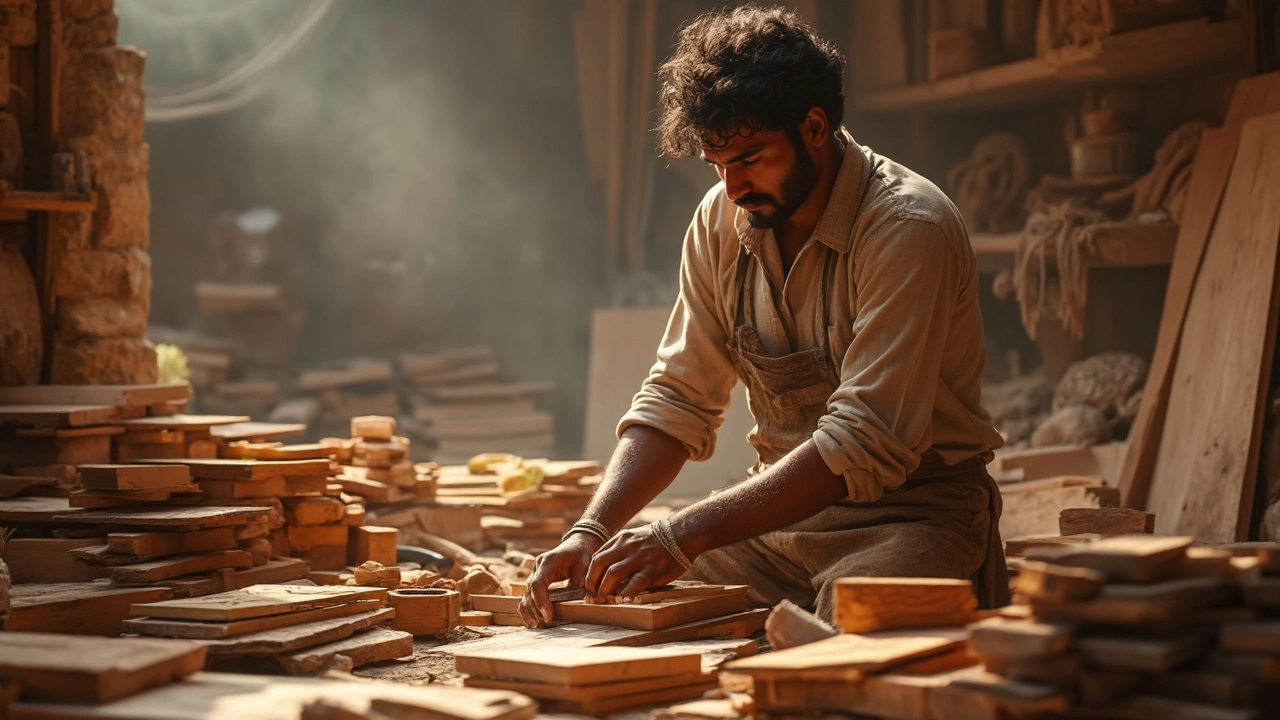Bookcase Materials: How to Pick the Right One for Your Space
When you’re hunting for a new bookcase, the first question isn’t just size or style—it’s material. The material decides how the piece looks, how long it lasts, and how much you’ll spend. Below we break down the most common options, point out the pros and cons, and give you quick tips so you can pick the perfect fit for your home.
Wood: Classic, Warm, and Versatile
Wood is the go‑to choice for most people because it feels natural and ages well. Hardwoods like oak, maple, and walnut are sturdy; they can hold heavy books without sagging. Softwoods like pine are lighter and cheaper, but they dent more easily. If you love a rustic vibe, look for reclaimed or distressed wood—those pieces add character without extra cost.
Maintenance is simple: dust regularly, tighten any loose screws, and wipe spills right away. A light coat of polish once a year keeps the finish glossy and protects against scratches. The downside? Wood can react to humidity, so avoid placing it in damp basements or near radiators.
Metal and MDF: Modern, Budget‑Friendly, and Space‑Saving
Metal bookcases, usually made from steel or aluminum, give a sleek industrial look and are incredibly strong. They’re great for minimalist spaces and can hold a lot of weight, especially when the frame is thick. The main thing to watch is the finish—powder‑coated metal resists rust, but cheap painted metal can chip over time.
MDF (medium‑density fiberboard) is a engineered wood product that’s budget‑friendly and easy to paint. It’s smooth, so you can match any wall color or wallpaper. However, MDF isn’t as sturdy as solid wood; it’s best for lighter loads like decorative items or a small collection of books. Keep it away from moisture—water can cause swelling and warping.
Glass shelves are another option for a light, airy feel. They’re perfect for displaying coffee‑table books or art pieces, but they’re fragile and need sturdy support.
Now that you know the basics, here’s how to narrow down your choice:
- Weight capacity: For a large library, stick with solid hardwood or thick‑gauge metal.
- Budget: MDF and pine are the cheapest; reclaimed wood can be a bargain if you’re handy with refinishing.
- Style: Warm wood for traditional rooms, metal for loft‑style spaces, glass for modern minimalism.
- Location: Avoid wood in humid areas; choose metal or MDF if the room gets damp.
One quick tip: measure the height of your tallest book stack and add a few inches. That way your shelves won’t look cramped, and you won’t have to keep moving books around.
Finally, think about future changes. A modular metal system lets you add or remove shelves easily, while a solid‑wood case can be re‑finished later to match a new paint color.
Choosing the right material doesn’t have to be stressful. Focus on how you’ll use the bookcase, how it fits your décor, and what your wallet can handle. With these guidelines, you’ll end up with a piece that looks great, holds your collection, and lasts for years.
Best Wood for a Bookshelf: Your Guide to Picking the Perfect Material
Choosing the right wood for a bookshelf can make all the difference between a sturdy piece and a wobbly mess. This article breaks down the pros and cons of popular woods used in bookshelf making, from affordability to strength and appearance. You'll learn which types handle heavy books, which look best in your living room, and what to avoid if you're building or buying your own shelves. Even tips on what makes a bookshelf last and how to spot shortcuts some furniture stores take. Get clear, real-world advice for picking wood that actually holds up.





